Geiko
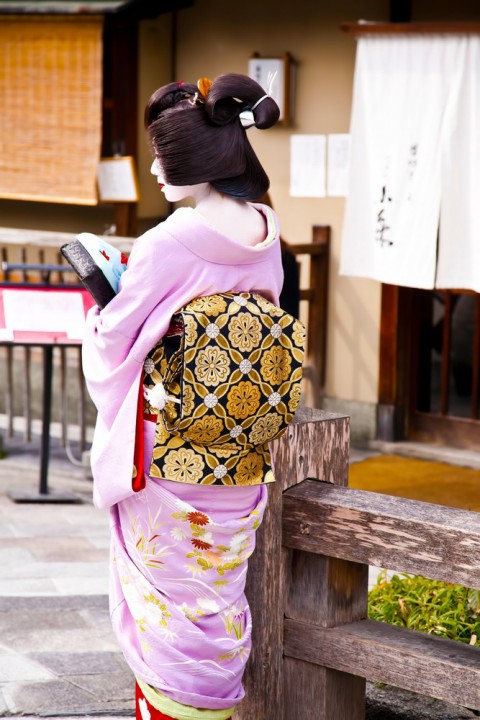
Maiko
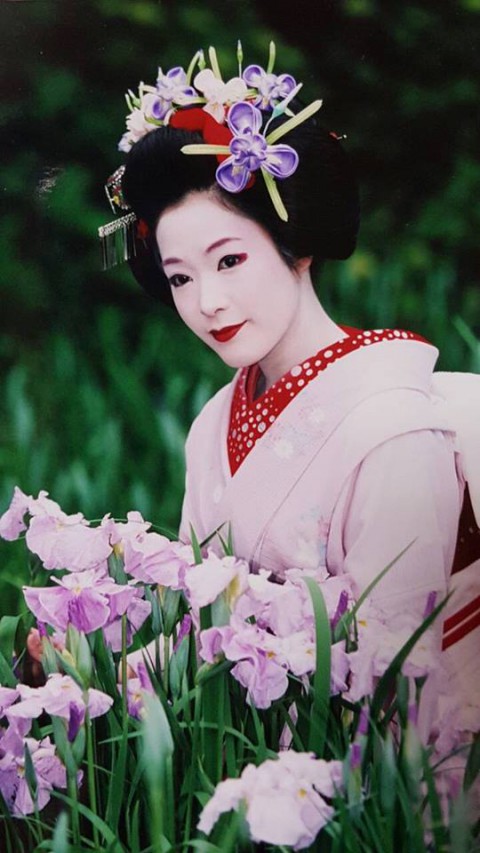
<Salary>
An “Okiya” house (where a Maiko lives) pays for all the expenses for the Maiko’s daily life from food, lessons, Kimono and so on.
An "Okasan"(she is the owner of the okiya house, and the Okasan means a mother in Japanese) gives the Maiko money as their allowance ( not as salary) for anything else they need.
A Geiko has to make a living by herself. Moreover, she gives some money to the okiya house.
<What they do at work>
Main jobs for the Maiko are talking to guests and serving drinks for them.
The Geiko dances and plays musical instruments to entertain guests.
<Age limits>
The Maiko is from around the age of 15 to 20.
There is no age limit for the Geiko. The oldest Geisha (Geiko is called Geisha in Tokyo) is Asano Yuko, she is 92 years old.
<The relationship between Maiko and Geiko>
With other Geiko, the Maiko exchanges sakazuki (sakazuki is a cup for alcohol beverage, esp., sake.)
to let her become her sister (not a real sister though, a kind of like a lifetime mentor).
And the Geiko becomes responsible for the Maiko through life.
The relationships between the Okasan, Maiko and Geiko will last for a long time.
Maiko Geiko
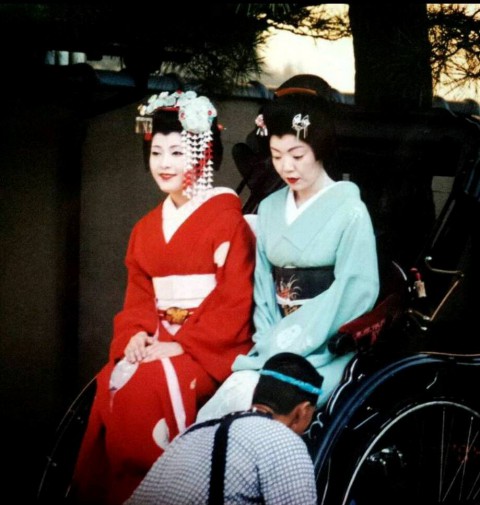
Now you know a little bit about the differences between Maiko and Geiko.
It is not really easy to talk about them because there is always so much more to know.
With their hard training, disciplining and a lot of experiences, ones can become beautiful Maiko, Geiko/Geigi.
They are the important parts of Japanese culture.
They are being beautiful humbly and making people delightful everyday.
Maiko

T.F







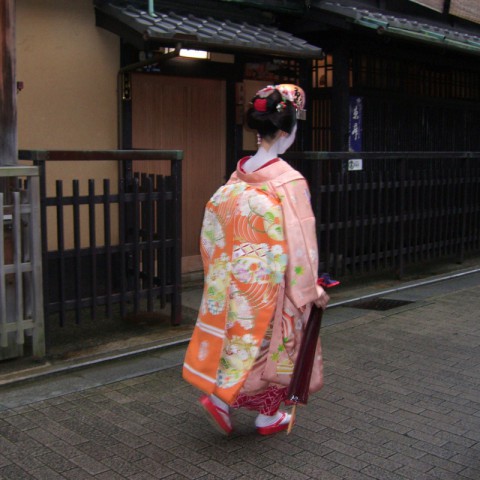

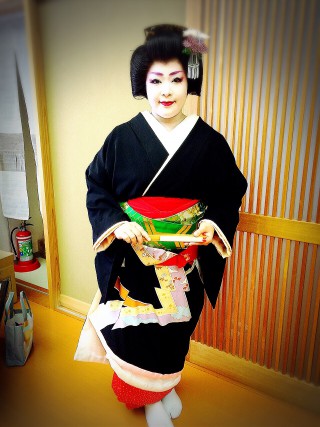
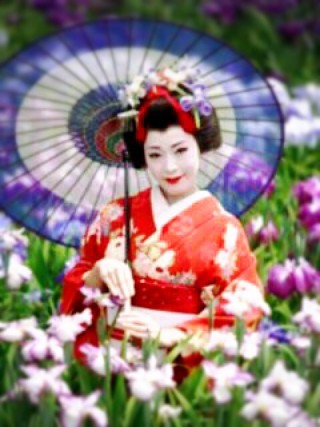
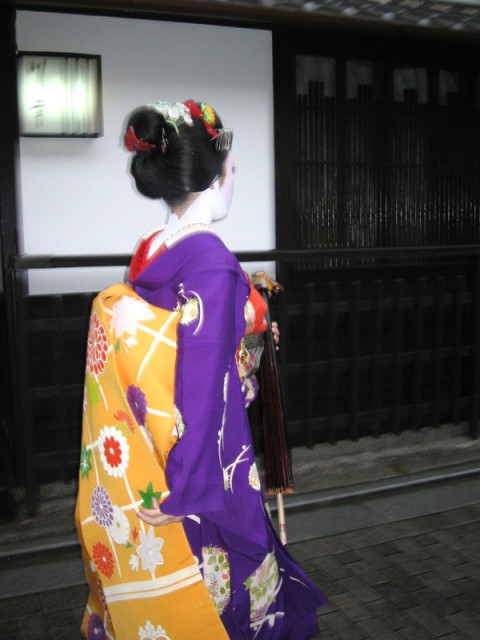 Maiko
Maiko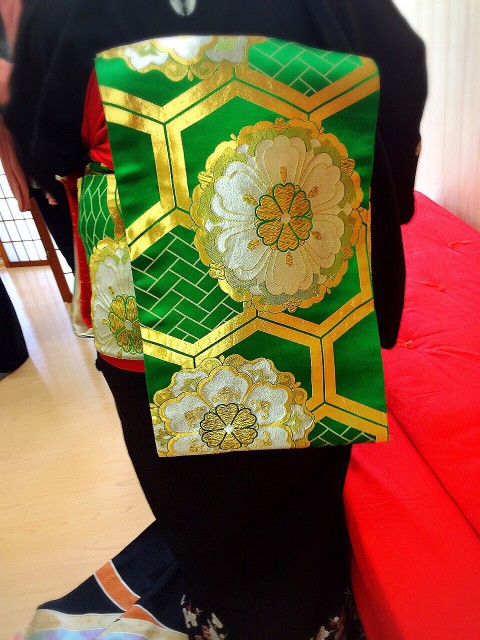 Geiko/Geigi
Geiko/Geigi